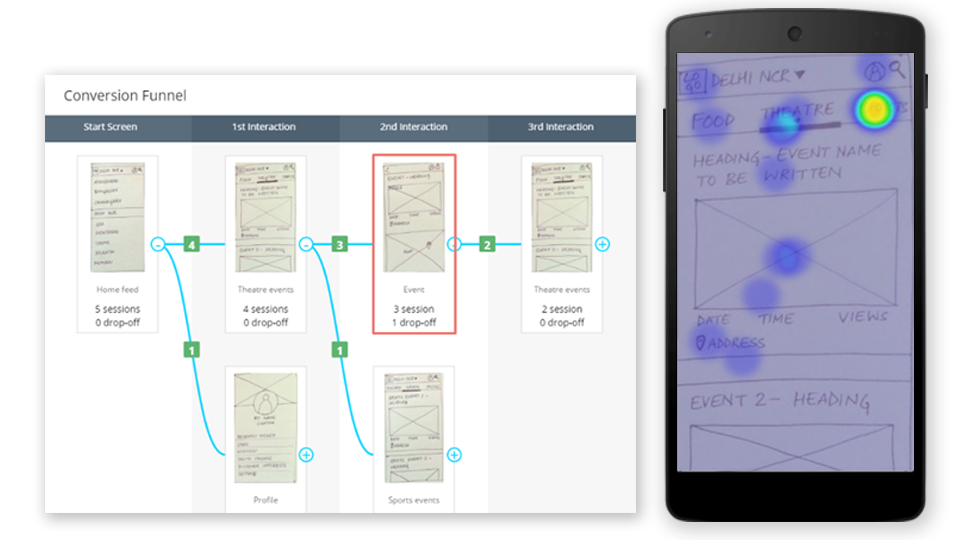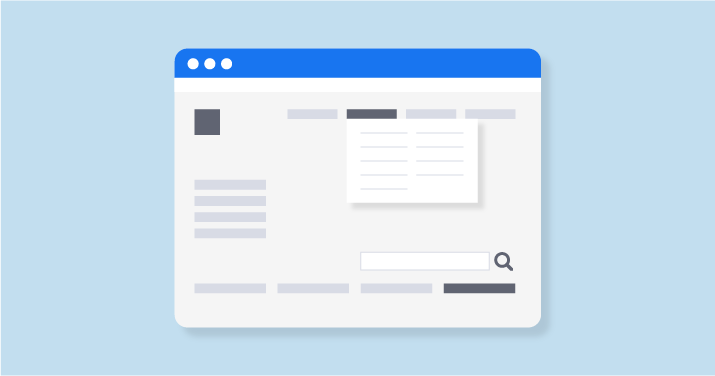
A terms and conditions screen will appear when a new user registers for your app. This screen gives information about the services that you offer and asks for permissions before the user can continue. It should also include the rules regarding content and services, and how to remove or suspend a user. It is a good idea to seek legal assistance if you don't know how to put this screen together.
Log in screen
A well-designed signin screen is a great way to improve user experience. It can also increase retention rates. Be aware of these points when designing the login screen. It should be fast, efficient, and secure. Moreover, it should be visually appealing to ensure that users don't get confused.

The login screen of an app should have links and be responsive to multiple screen sizes. The user's password must be copied from other applications. It should also be clearly displayed. The login process should be secure. If it is not, it may be a good idea to use URL Manipulation and edit cookies.
Profile page
The Profile page of an application screen is an important part the user experience. Whether the user wants to follow friends' activities or see their latest photos, this page will make it easy. It uses a card-style layout to make information easily visible and not clutter the screen. You can also edit your profile and see your recent routes. Users with visual impairments might have problems due to the app’s light-colored font and low comparison.
The profile page might include a header with user information and settings, depending on the type application you are creating. It may contain information like the user's name, email address, and credit points. A profile screen is a good place for you to set action buttons.
Search screen
iOS 16 introduced the Search screen on your homescreen. You will now see dots instead of the traditional search button. However, pressing on these dots does nothing. You can disable the new feature from Settings > Your Home Screen. This article was originally published Sept. 13, 2022, at 11:57 am PT.

To disable this, open the settings menu on your phone and toggle off the switch that says "Show on Home Screen." This will place the search bar at bottom of screen.
FAQ
Do I require technical skills to design or build my website?
No. You only need to have a basic understanding of HTML/CSS. There are many tutorials available online that can teach both HTML or CSS.
What is a static site?
A static website contains all content stored on a server that visitors can access via web browsers.
The term "static", refers to the absence or modification of images, video, animations, and so forth.
This site was originally designed for intranets. However, it has been adopted by small businesses and individuals who need simple websites with no custom programming.
Static websites are becoming more popular due to their ease of maintenance. They are simpler to update and maintain than fully-featured websites that have many components (like blogs).
They also load more quickly than dynamic counterparts. They are ideal for mobile users and those with slow Internet connections.
Additionally, static websites are safer than dynamic sites. A static website is impossible to hack. Hackers can only access the data contained in a database.
Two main methods can be used to create a static site:
-
Utilizing a Content Management System.
-
Create a static HTML web site
The best one for you will depend on your specific needs. A CMS is a good choice if you are new to website creation.
Why? It gives you full control of your website. You don't need to hire someone else to help you set it up. Upload files to the website server.
You can still learn code and create static sites. You will need to spend some time learning to program.
Is it more likely to be hired as a web developer if I have a good portfolio?
Yes. If you want to land a job as web designer or developer, your portfolio is essential. Your portfolio should include examples of your skills.
Portfolios usually include samples of past projects. You can include anything that demonstrates your skills. Your portfolio should include everything: wireframes and mockups as well as logos, brochures, websites, apps, and even logos.
What types of websites should you make?
It all depends on what your goals are. Your website should be able to sell products online. This will allow you to build a successful business. To make this happen, you'll need a reliable eCommerce website.
Blogs, portfolios, as well as forums are some other popular web types. Each type of website requires different skills. To set up a blog for instance, you'll need to learn about blogging platforms like Blogger and WordPress.
You must decide how to personalize your site's appearance when choosing a platform. You can find many free templates and themes for every platform.
Once you've selected a platform to build your website, you can start adding content. You can add images and videos to your pages.
When you are ready to launch your new website, you can publish it online. Visitors can access your website in their browsers once it is published.
How To Create A Static Website
There are two options for creating your first website:
-
Using a Content Management System (a.k.a. WordPress: Download this software and install it to your computer. This software can then be used to create an indispensable website.
-
Creating a Static HTML Website: In this case, you'll need to write your HTML/CSS code. If you have a good understanding of HTML, this is not difficult.
Consider hiring an expert to build your large website.
You should start with option 2.
How much do web developers make?
Working on a website yourself will likely earn you between $60 and $80 an hour. But if you want to charge a lot more, you should consider becoming an independent contractor. The hourly rate could be anywhere from $150 to $200
Statistics
- Is your web design optimized for mobile? Over 50% of internet users browse websites using a mobile device. (wix.com)
- It's estimated that chatbots could reduce this by 30%. Gone are the days when chatbots were mere gimmicks – now, they're becoming ever more essential to customer-facing services. (websitebuilderexpert.com)
- It's estimated that in 2022, over 2.14 billion people will purchase goods and services online. (wix.com)
- At this point, it's important to note that just because a web trend is current, it doesn't mean it's necessarily right for you.48% of people cite design as the most important factor of a website, (websitebuilderexpert.com)
- Studies show that 77% of satisfied customers will recommend your business or service to a friend after having a positive experience. (wix.com)
External Links
How To
Drupal 7 Web Design Guide
Drupal is one of most well-known Content Management Systems (CMS), available today. It was developed back in 2003 by Dries Buytaert from Belgium. The name comes from the two first letters of its developer's names, Dirk Buijtewaard and Pierre d'Herbemont. In 2005, Drupal became open source, and since then, there are many versions of this CMS. Today, Drupal is used by many websites and companies around the world.
Drupal is popular because of many reasons. It's easy to use and free to download. It is simple to customize and expand. It is well documented. Fourth, forums and IRC channels provide great support. Fifth, it is extensible via modules. Sixth, it supports multiple languages. It is easy customizable. Eighth, it can be scaled. It is safe. Tenth, its reliability is assured. Finally, the community supports it. Drupal is an excellent choice for your next development project.
You may wonder what Drupal is different from other CMS systems. The answer is simple. Drupal is an open-source content management system. Drupal is free to download and use. Drupal gives you complete control of your website. You can add pages and remove them.
If you want to create a website but lack technical skills, then you can choose Drupal. You don't have to be a programmer to build your website, unlike other CMS. All you need is to learn how to use the essential functions of Drupal. This will allow you to customize your website as per your requirements.
Drupal also offers many pre-built themes as well as plugins. These plugins are a great way to enhance the functionality of Drupal. You can use the Contact Form module, for example, to collect visitor contact information. Google Maps is another option to show maps on your website. There are thousands of ready-made templates that come with Drupal. These templates give your website a professionally designed look.
Drupal's flexibility makes it extremely flexible. Drupal can be used to create new modules or to replace existing ones. You can do it quickly if you want to integrate social media into your website. You can also set up RSS feeds, e-mail subscriptions, and more.
In addition, Drupal is highly customizable. You can add custom fields and forms, manage users, and more. Drupal allows you to create complex layouts.
Finally, Drupal is robust and reliable. It is stable and scalable. It has excellent security features. Drupal is a solid web development platform.